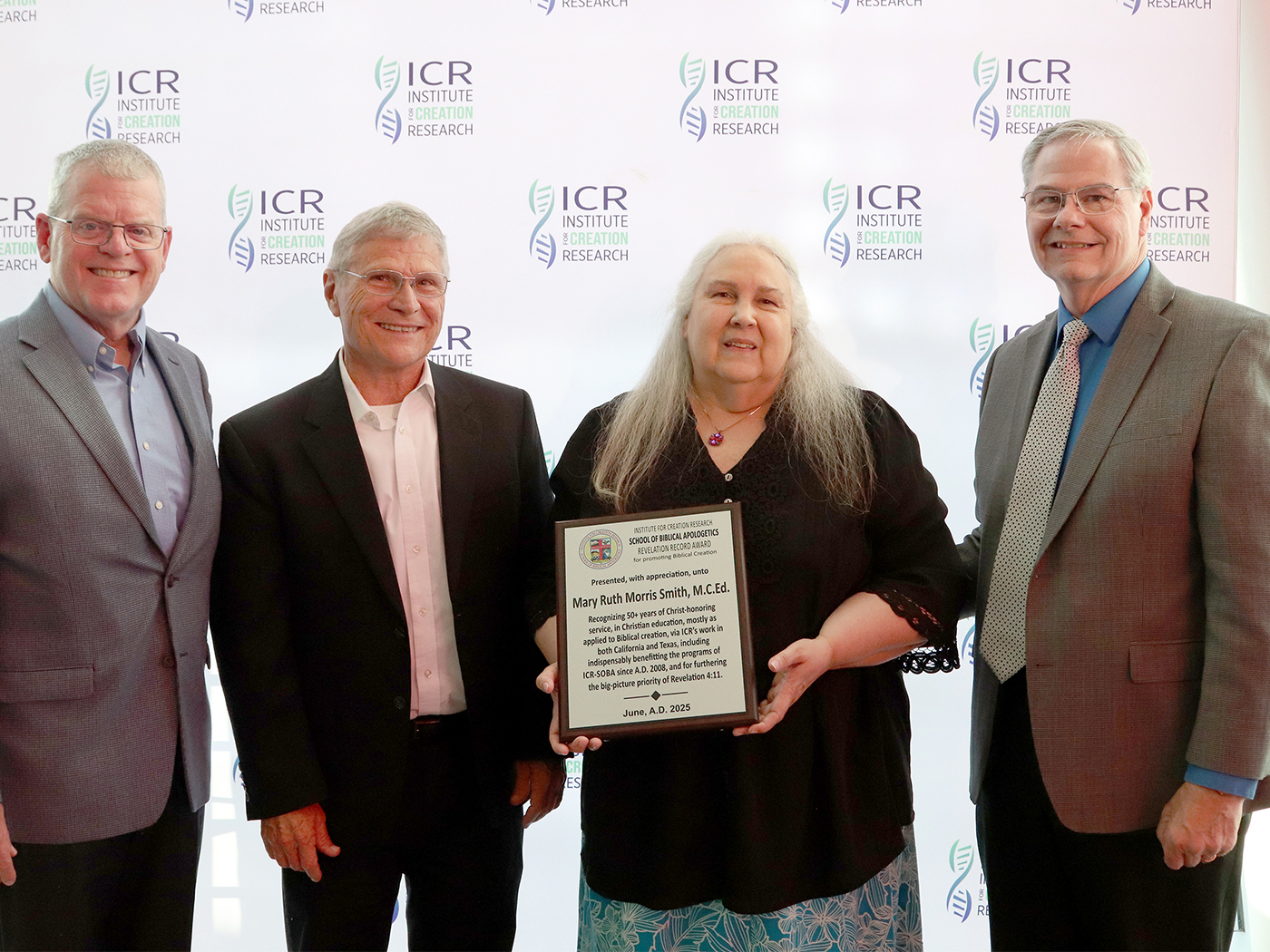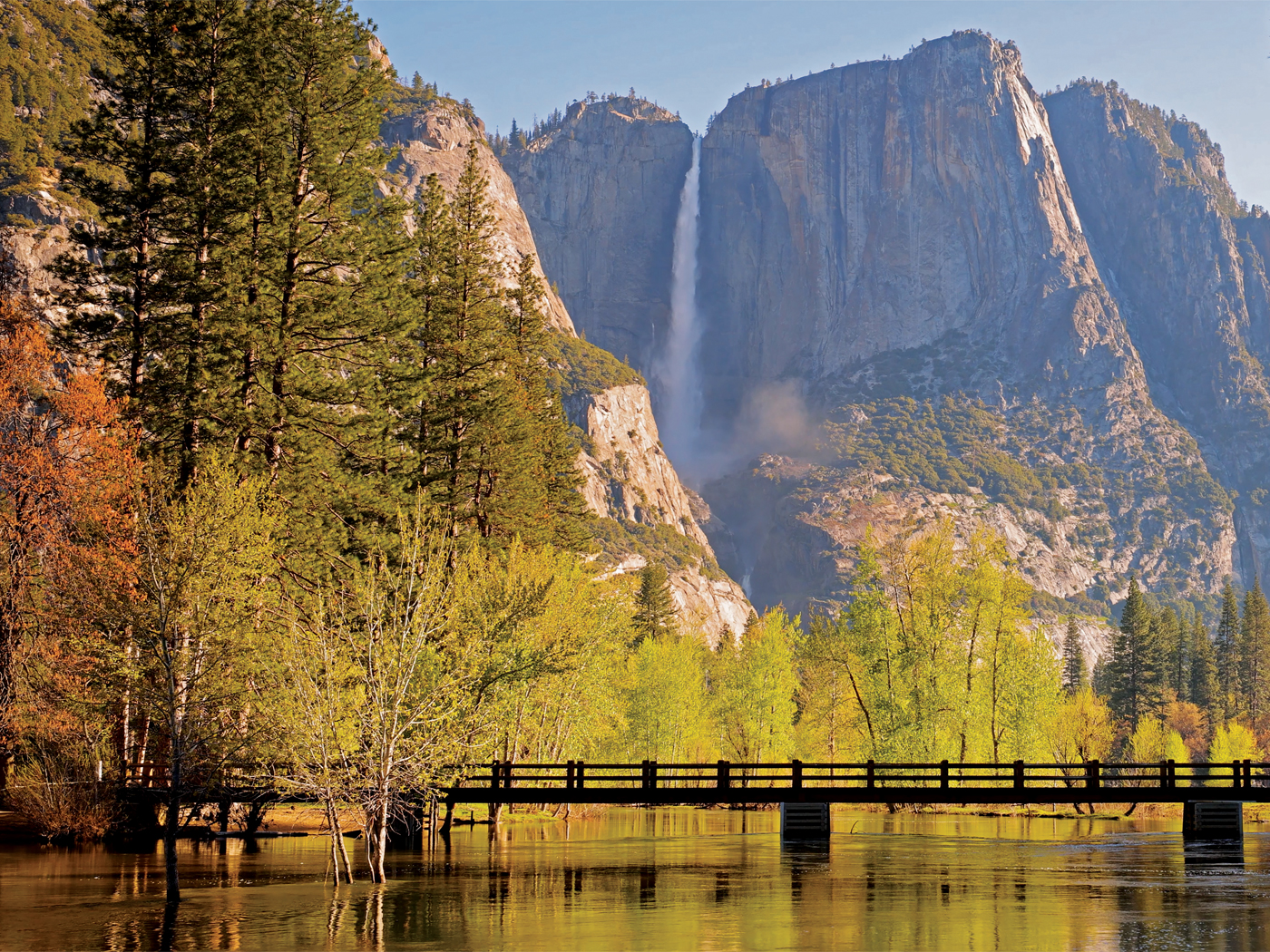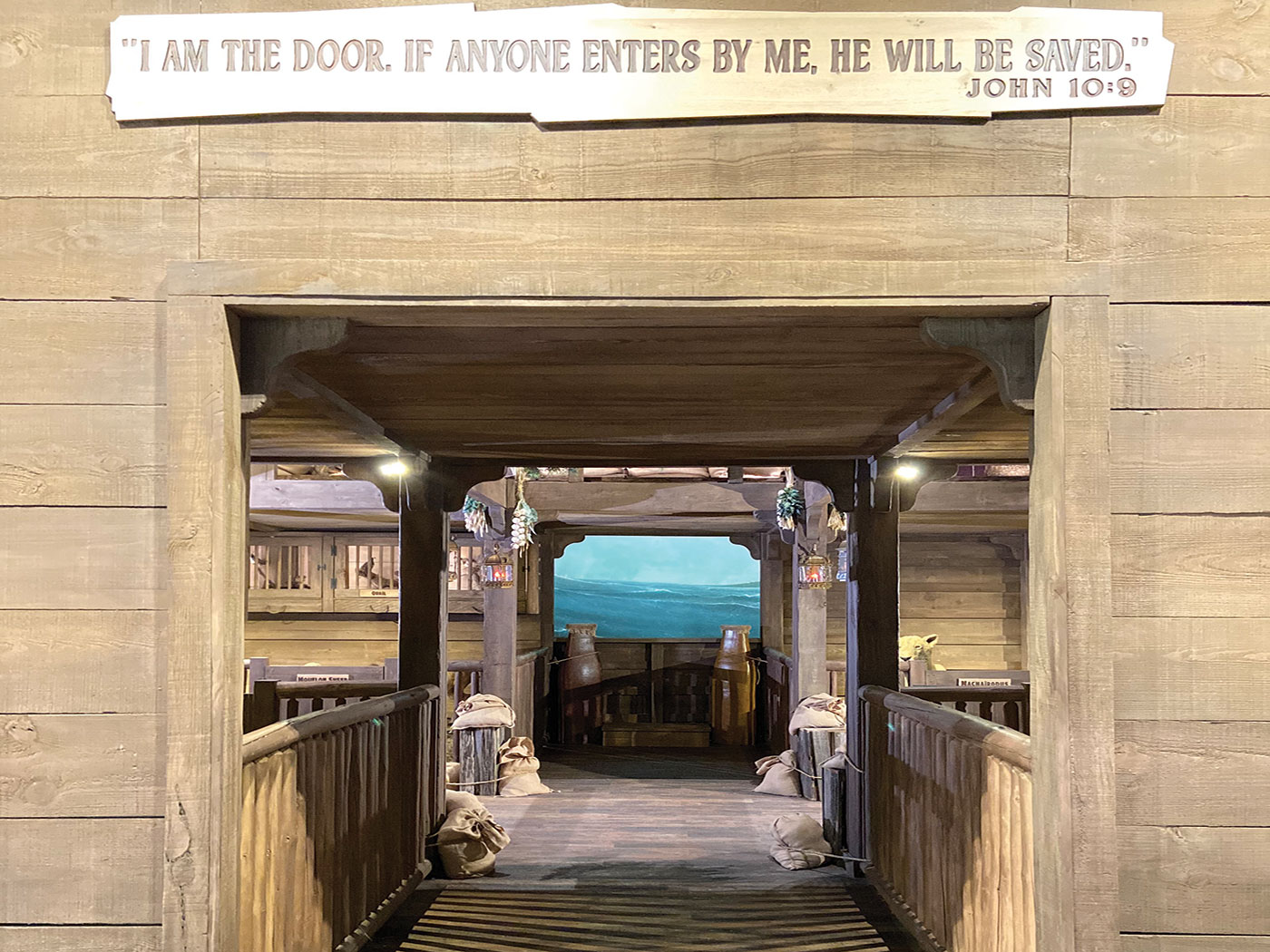While bolting the roof of a coal mine in western Kentucky, miner Jay Wright found an 18-inch-long fragment of a fossil shark jawbone with teeth still attached. The local National Public Radio affiliate WKMS reported that "Wright has seen smaller fossils and sea shells in the mine, but nothing like an ancient shark bone."1
The standard textbook story is that coal seams were formed when millions of years of plant debris accumulated into peat bogs at the bottom of ancient swamps.
"The partial decomposition of plant remains in an oxygen-poor swamp creates a layer of peat, a soft, brown material in which plant structures are still easily recognized. With shallow burial, peat is changed to lignite, a soft, brown coal," according to one textbook.2
But if that's the case, then how did a huge shark find its way into a swamp?
The standard coal-formation scenario presents other unexplained puzzles. For example, modern peat bogs are thoroughly penetrated by roots. Coal seams show no trace of these root masses.3 And today's swamp peats do not contain sea shells!
Geologist Stephen Austin proposed an alternative scenario for coal formation, one that fits the data much better than the swamp idea: A catastrophic flood event ripped up whole ancient forests, and then transported plant and animal debris into low-lying areas. A subsequent series of tsunami-like waves then carried sediments over the top of the plant debris.
In the context of a worldwide flood, as described in Scripture and relayed in countless legends among people groups around the globe, sea creatures would have mixed with land plants as seawater flooded onto the continents. And the associated rapid transport and deposition of plant material would explain both the absence of peat-like roots in coal deposits and the flat, sharp contacts between coal seams and sedimentary rock layers immediately above and below them. These flat layers look nothing like the cross-section of swamp peat soils, but they could have been deposited together as part of a single massive watery catastrophe.
The plausibility of this explanation is demonstrated by a fairly recent geologic event. A layer of peat comprised mainly of tree bark accumulated in the bottom of Spirit Lake below Mount St. Helens after its 1980 eruption.3 It was the product of a catastrophic steam blast and is not penetrated by roots. This shows that plant matter can accumulate rapidly into layers that resemble coal seams. If Spirit Lake were to drain and a heated mudflow were to cover the peat, one wonders if the resultant coal would look any different from that found in earth's sedimentary layers.
One continuous Pennsylvanian coal seam, the largest in the world, extends from where Mr. Wright was working in western Kentucky across Indiana, Illinois, Missouri, southern Iowa, Kansas, and into northeast Oklahoma.4 Transporting that much plant matter seems to demand a watery catastrophe on the scale of a worldwide flood as a sufficient cause.
The chief characteristics of coal seams…including their composition, layout, and extent…are amply explained by the massive energy associated with a global flood as described in Genesis. And what clearer indication could there be of the insufficiency of regional swamp models than marine fossils such as a shark jaw embedded in the coal? The Genesis flood account still holds the best answer.
References
- Angel, B. Shark Fossil Found in Western Kentucky Coal Mine. WKMS. Posted on publicbroadcasting.net April 7, 2011, accessed April 12, 2011.
- Tarbuck, E. J. and F. K. Lutgens. 1993. The Earth: An Introduction to Physical Geology, 4th ed. New York: MacMillan, 551.
- Austin, S. A. 1986. Mt. St. Helens and Catastrophism. Acts & Facts. 15 (7).
- "Broken Arrow coal (Oklahoma), Croweburg coal (Missouri), Whitebrest coal (Iowa), Colchester No. 2 coal (Illinois), Coal IIIa (Indiana), Schultztown coal (W. Kentucky), Princess No. 6 coal (E. Kentucky), and Lower Kittanning coal (Ohio and Pennsylvania). These form a single, vast seam of coal exceeding one hundred thousand square miles in area in the central and eastern United States. No modern swamp has an area remotely approaching the great Pennsylvanian coals." Nevins, S. E. 1976. The Origin of Coal. Acts & Facts. 5 (11). At an average thickness of under four feet, this single seam contains over 70 cubic miles of coal. This would fill 180,000 of the now fallen New York City World Trade Center towers with very densely packed vegetation.
* Mr. Thomas is Science Writer at the Institute for Creation Research.
Article posted on April 19, 2011.

















